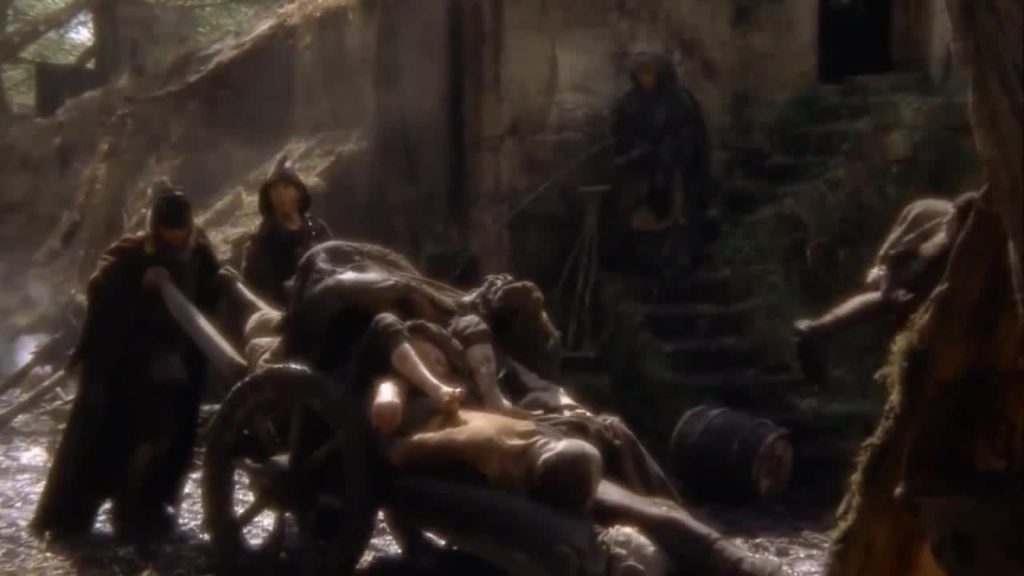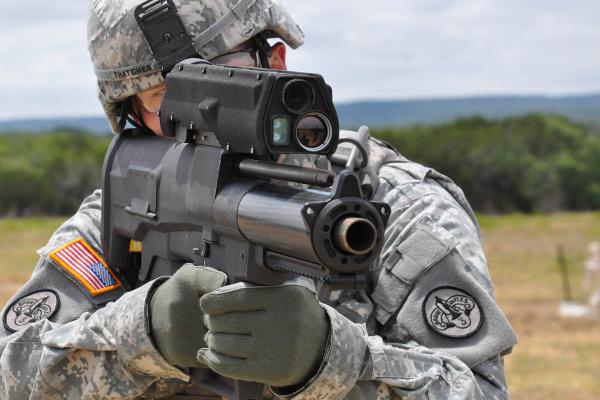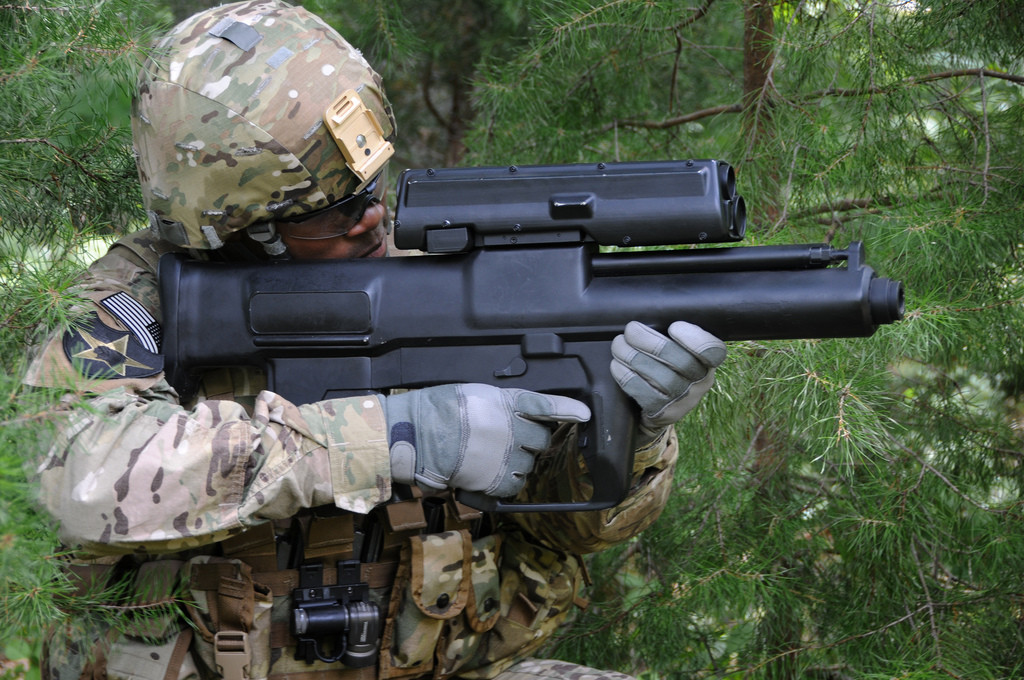
As I mentioned recently, the U.S. Army is in the process of deciding whether or not to proceed with the XM-25 Counter Defilade Target Engagement System, a precision targeted, shoulder-fired 25mm grenade launcher. The Defense Department’s Inspector General’s office released a pointedly critical evaluation of the weapon nicknamed “the Punisher” in August. Among the negative reviews the report cited was one from the Army Capabilities and Integration Center, directed by Lieutenant General H.R. McMaster. McMaster’s office has had a change of heart about the XM-25 since that evaluation, however.
“My initial assessment from 2013 did not reflect 30 additional months of testing and improvements to the XM25 Counter Defilade Target Engagement System,” McMaster told Military.com in an email.
“The Army has worked closely with the system’s prime contractor to address the safety issues on the XM25 through engineering design changes and improvements to the system. Prototypes employed during two Forward Operational Assessments allowed the Army to learn from and correct system shortcomings, and feedback has been positive.”
The XM25 is not a simple grenade launcher, McMaster maintains. The sight has an integrated day/thermal sight, a laser range finder, and a ballistic computer working in unison to allow the shooter to effectively engage enemy targets under cover.
The weapon is semi-automatic with a five-round magazine that ensures effective fires and rapid re-engagement, as necessary, in all operational environments — jungle, urban, day/night, woodland, subterranean and desert, McMaster said.
“Worldwide urbanization, coupled with the extensive proliferation of rocket propelled grenades and machine guns, allowed our enemies to exploit our desire to end engagements with minimal collateral damage,” McMaster said.
“The XM25 provides an innovative capability that mitigates this vulnerability and minimizes operational risks facing our soldiers, limiting collateral damage in the surrounding area while allowing our dismounted squads to decisively end firefights.”
The Army has indicated that it will make a determination on the XM-25’s future by the end of September.


![British Mark III Tank in ditch, 1917 [Wikimedia Commons]](https://dupuyinstitute.dreamhosters.com/wp-content/uploads/2016/06/British-Mark-III-Tank-in-ditch-1917.jpg)


